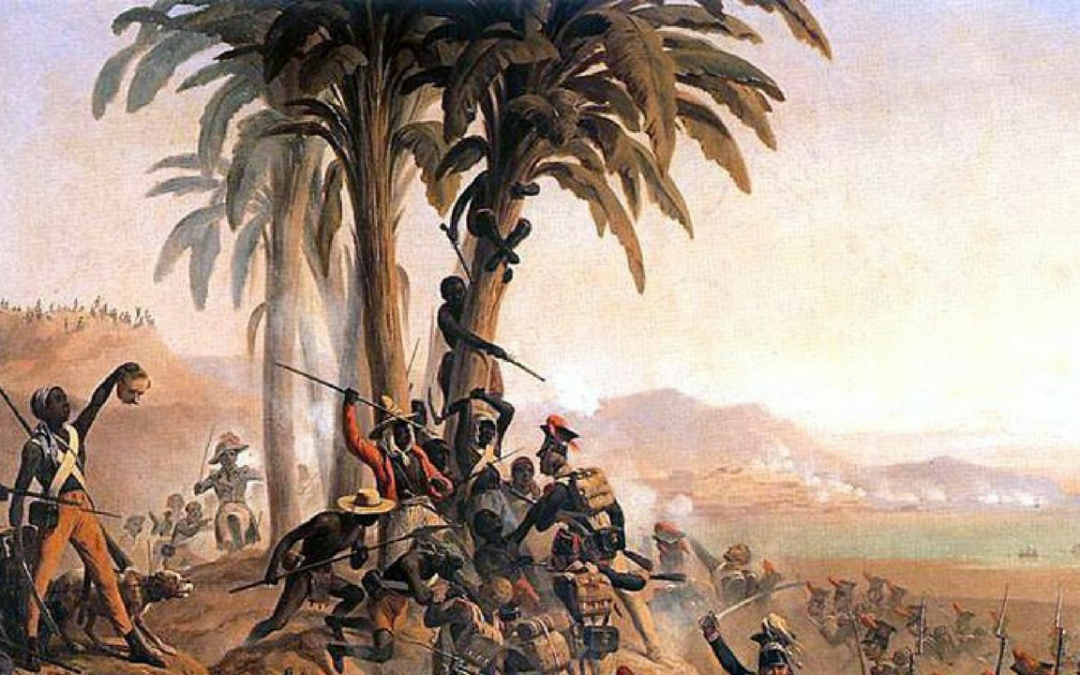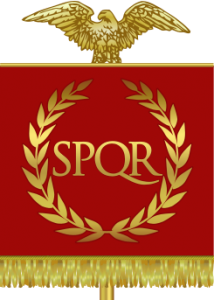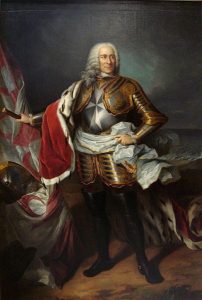Being a slave is possibly the worst fate anyone could suffer. You have no freedom, and no rights, you’re simply at the mercy of your master, who usually isn’t a paragon of morality. As such, sometimes slaves will push back against the crushing oppression,and rise up in rebellion. Slave rebellions weren’t always successful tactically, but can serve as moral victories, and inspiration for other slaves. This is a list of the 10 bloodiest slave rebellions from history.
Peasants’ Revolt 1381
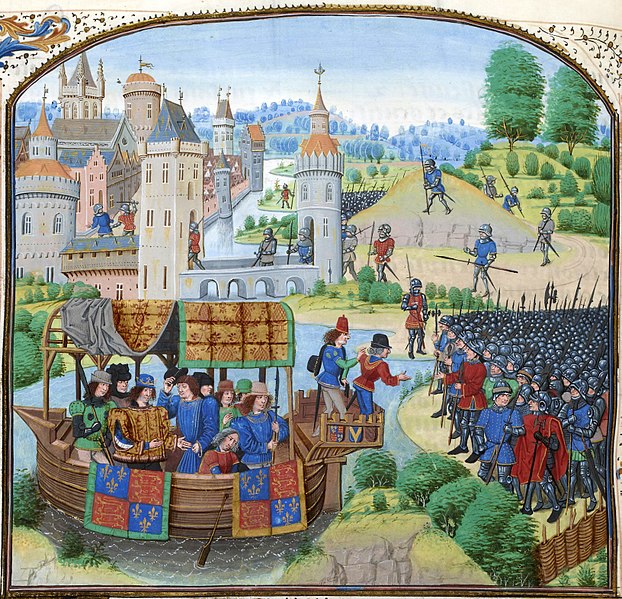
This was a peasant uprising in the 14th century, caused by many factors not discluding, the Black Plague. This as well as many other problems, were weighing heavily on the peasants but the final straw was when a Royal official, John Brampton attempted to collect unpaid taxes in Essex. People of all different occupations rose up and began causing absolute chaos. Burning buildings, destroying court records, and even opening jails to release the criminals inside. The rebellion was demanding a reduction in the heavy taxes, and an end to serfdom, which was essentially slavery. The rebellion lasted from May to November, but was eventually quelled when the majority of the rebel leaders were found and killed.
The Zanj Rebellion
The Zanj Rebellion was a 24 year rebellion against the Abbasid Caliphate. It began in 869 near the city of Basra in what is now Southern Iraq. Ali ibn Muhammad started the rebellion, which claimed tens of thousands of lives. It involved the Zanj people from North Africa, which is where the rebellion got its name. They were slaves who took part in the rebellion. Their army grew in numbers as they became more successful, and eventually even free men joined the rebellion. They started off by defeating the much better equipped Abbasid forces through the use of guerilla warfare. This included raiding towns, villages and camps under cover of darkness. During the raids they would steal supplies to fuel their army, and free slaves, many of which would have become new members of the rebellion. It was one of the bloodiest slave rebellions in Asian history.
First Servile War
This was the first of three slave rebellions against the Roman Empire. A slave called Eunus convinced countless other slaves he was a prophet, and inspired them to rebel. He lived in Enna, on the island of Sicily. The rebellion got off to a great start and they managed to win some battles against the Romans. Eunas’ second in command, was Cleon, who acted as their military commander. Before the rebellion, slave owners on Sicily were trying to save money by not giving their slaves enough food or clothes. The Romans came down hard on the rebellion. Cleon died in battle, and Eunus was captured but died before he could be captured.
Conspiracy Of The Slaves
The Conspiracy of the Slaves was a plan by Muslim slaves in Malta to revolt against the knights who ruled them. Their plan was to assassinate the Grand Master Pinto da Fonseca, and rule the island. They would attempt this when the knights were having a feast to the saints Peter and Paul. They planned to poison the food, and then kill the grand master in his sleep. After he died they would free the other slaves and take over the island. Three weeks before the rebellion would take place, three slaves met in a coffee shop to try and convince a guard to work with them. The shopkeeper overheard this, and reported them. An investigation found out what was going on, and quelled the rebellion, killing many of the people involved.
Second Servile War
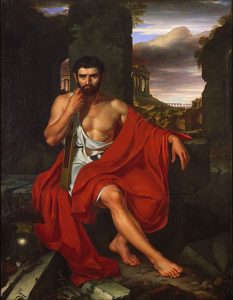
Rome asked her Italian allies for recruits, but they refused, claiming that Italians had been enslaved by Romans since they were unable to pay their debts. Gaius Marius ordered that 800 Italian slaves be released. This led countless non-Italian slaves in the same region to leave their masters under the false belief they too had been freed. They were subsequently ordered to go back to their masters, but once they had tasted freedom again, they wouldn’t give it up so easily. A slave called Salvius took up arms and raised an army of 22,000 men to rebel against Rome. After a bitter war they were put down by Manius Aquillius, but it wasn’t easy.
Gaspar Yanga’s Rebellion
Yanga was the leader of a colony of slaves, who fought against the Spanish. Yanga successfully led his colony against attacks by the Spanish. In 1609 a Spanish army came with 550 troops. Yanga had 500 men to defend but only 100 of them were armed with capable weaponry, the rest were using machetes, bows, or even stones. Yanga came up with a plan that would allow them to win, even though they were facing a numerically, and technologically superior foe. He decided to use his forces knowledge of the terrain, to inflict so much damage on the Spanish they would have no choice but to negotiate.
Yanga started by sending them a peace treaty, but the Spanish refused; a decision they likely regretted later. The Spanish went to battle, and both sides suffered heavy losses. They burnt down Yanga’s settlement, and Yanga’s forces fled into the nearby terrain. The Spanish couldn’t work out how to achieve a victory at this point, and were forced to agree to Yanga’s terms. Yanga, and his people earned the right to rule themselves, and became free.
The Haitian Revolution

The Haitian Revolution is seen as one of the most successful slave rebellions in history. It began in 1791 and the slaves fought against French colonial rule. They managed to defeat the French in battle, expel them from Haiti, and massacre their forces. It was an overwhelming victory for the slaves. It was the largest slave uprising since the Third Servile War. The revolution sent shockwaves through South America, and was a wake up call to slave owners who previously believed black people couldn’t organise themselves well enough to become a serious threat.
Nat Turner’s Rebellion
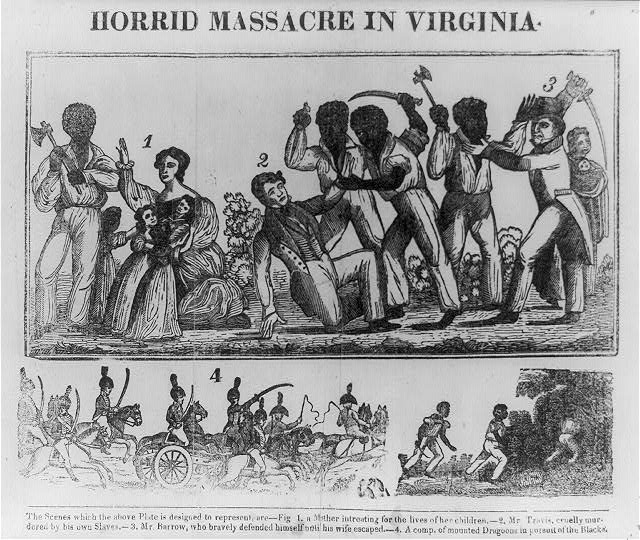
This was the only successful slave rebellion in U.S. history. It was named after it’s leader Nat Turner, who was a slave himself. In response, new laws in the south prohibited slaves from getting an education or organising. Slave owners were terrified of the same thing happening again. Nat Turner and six other slaves rebelled, and killed the Travis family, they then organised around 70 other slaves, and killed a further 51 people. Turner went into hiding after this, but was found after six weeks, and executed. After this, slaves were were forced to live in more oppressive conditions, with harsher laws.
1811 German Coast Uprising

This was the largest slave uprising in U.S. history, and involved hundreds of slaves. The highest estimates say 500 slaves were involved in the uprising. Although the uprising was largely unsuccessful, and only managed to kill two people. A total of 95 people were executed after the rebellion was quelled.
Third Servile War
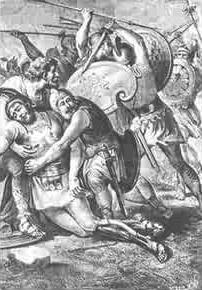
The third servile war was one of the most devastating slave rebellions in history. It started with only 70 Roman gladiators, who rebelled against the Roman Empire, and managed to build an army of 120,000 men. The rebellion was led by Spartacus, who showed great leadership skills, and strategic ability, but was eventually defeated by Crassus. They were fighting against one of the most powerful empires in history, with only 70 people who hadn’t been living in the most favourable situations. It’s amazing to consider how far such a small force came. Unlike prior slave rebellions this one actually posed a threat to the Roman Empire, and got close to striking their heartland. Spartacus defeated the Empire in battle countless times, and Roman morale was low.

